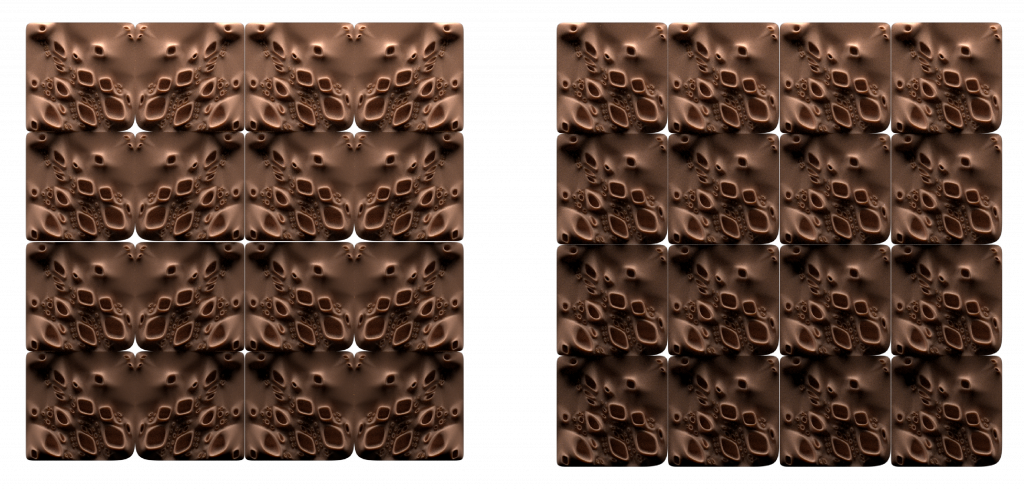Three different textures were designed with the aim to create a suitable environment for moss growth. For this, the textures focused on a shared balance between organic, fluid extrusions and cavities, inspired by Noguchi’s work. The cavities and extrusions would trap humidity and create shadows for moss to prosper. Another constrain was to play with the reflection symmetry of Portuguese tiles.
PORTUGESE “AZULEJOS” – REFLECTIVE SYMMETRY
The simplest symmetry is the reflection symmetry. It is sometimes called the “line-symmetry” or “mirror-symmetry”. It is easy to see because one half of the image is the reflection of the other half. When the image is reflected, the reflection has the same size as the original image. In simpler terms, a reflection is a flip over a central imaginary line. The imaginary line is called the mirror line. Many azulejos utilise reflection symmetry to create mesmerizing patterns.
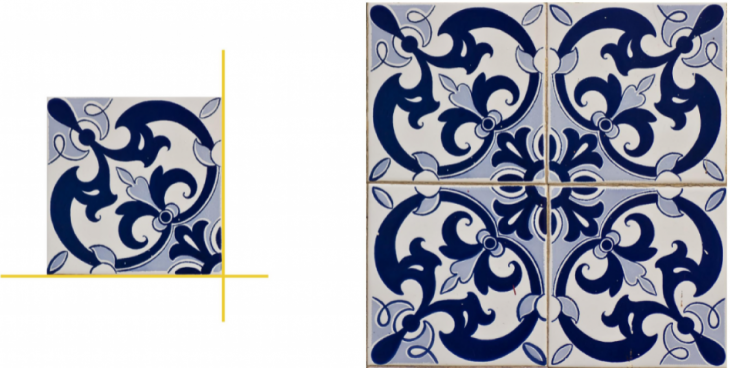
INSPIRATION FROM NOGUCHI
Noguchi’s work focuses on a shared balance between organic forms, fluid extrusions and cavities, which create playful and soft results that inspire curiosity.
“I think of playgrounds as a primer of shapes and functions; simple, mysterious, and evocative; thus educational.” -Isamu Noguchi
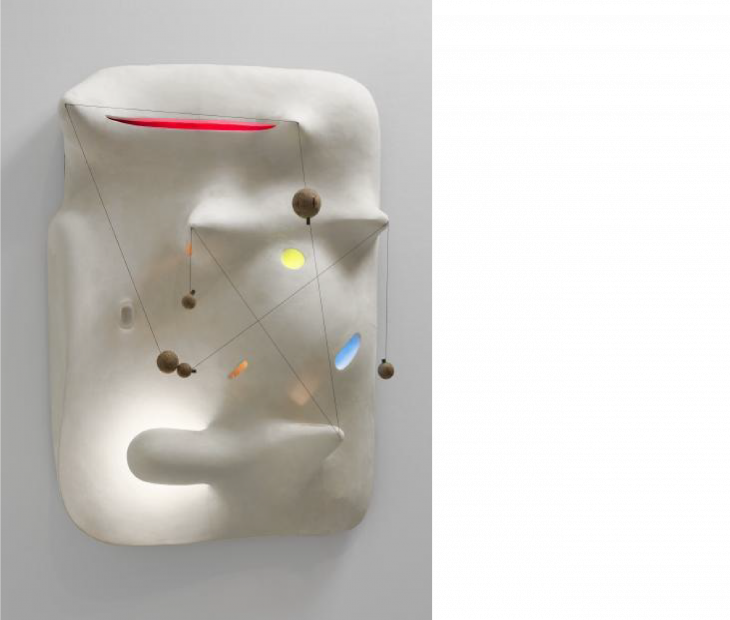
TEXTURE 1 – 1.1 – PARAMETRIC CONTROL / DENSITY


TEXTURE 1 – 1.2 – PARAMETRIC CONTROL / CURVATURE AND DENSITY

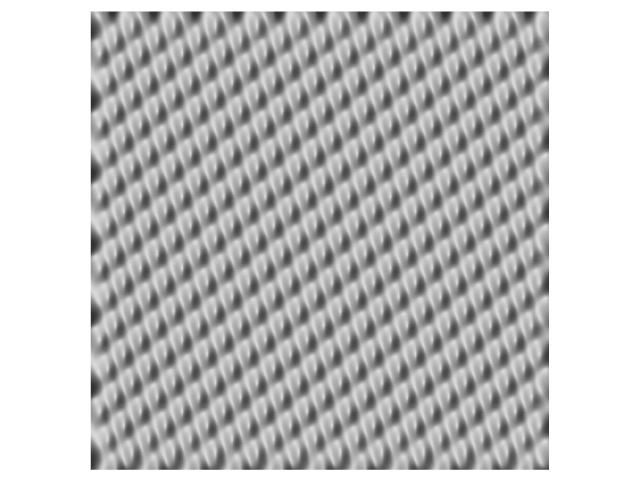
CATALOGUE 1

TILE MIRRORING
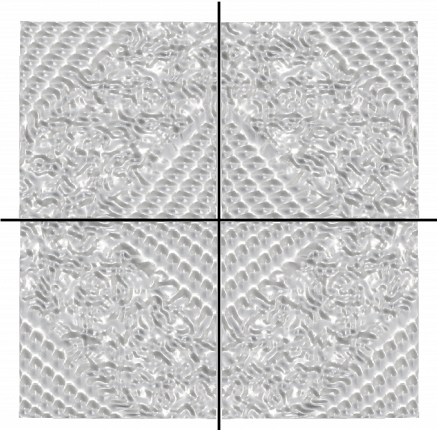
RENDER
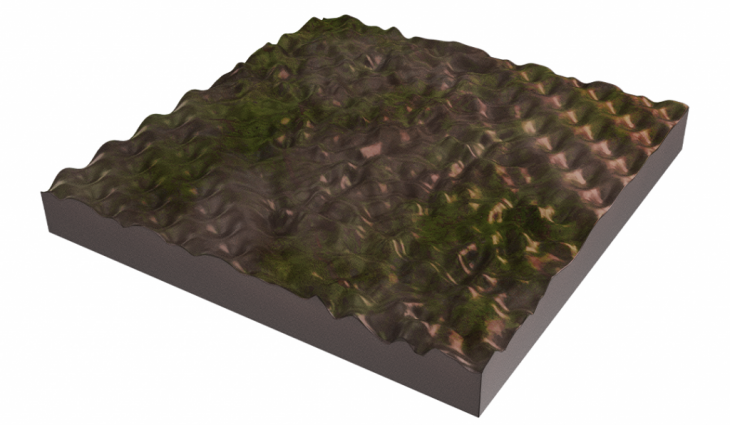
SIMULATION 1
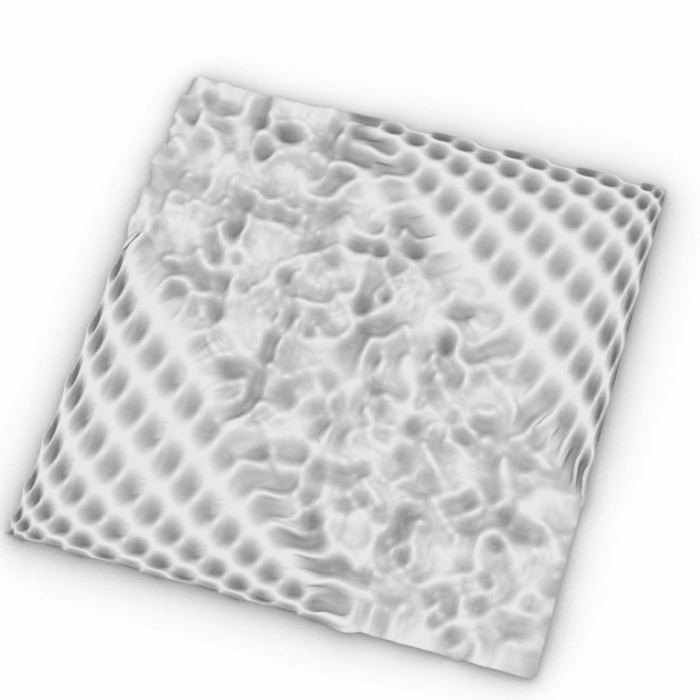
TEXTURE 2
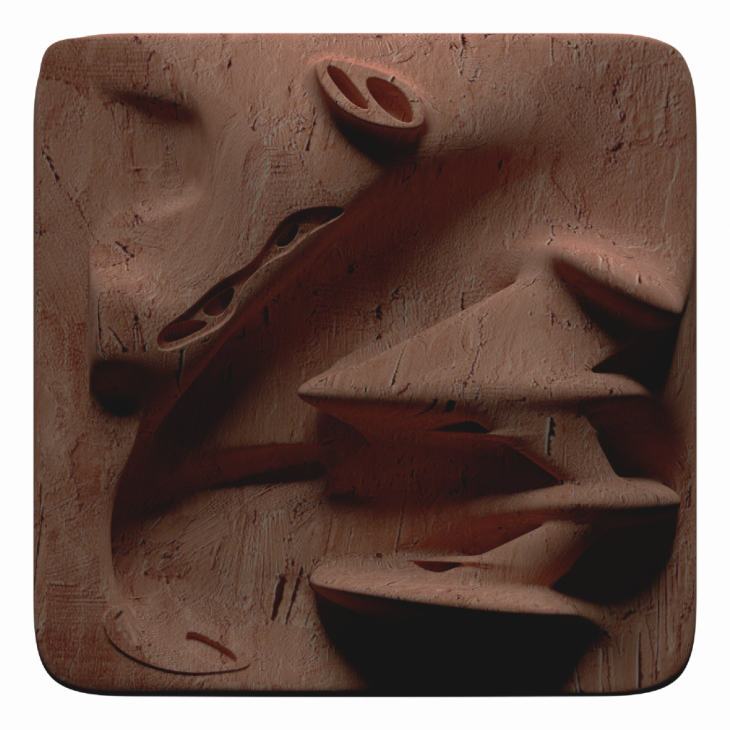
TILE MIRRORING
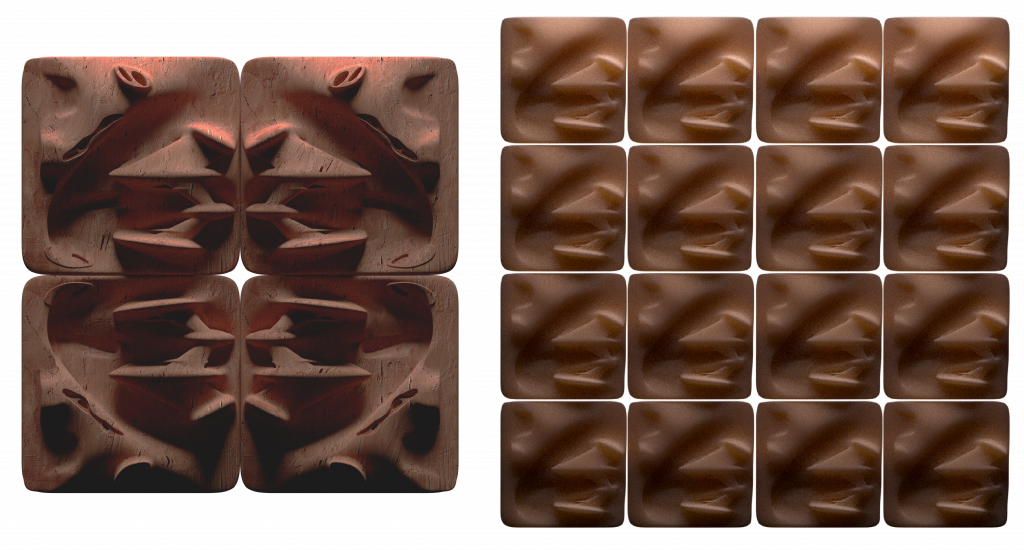
RENDER
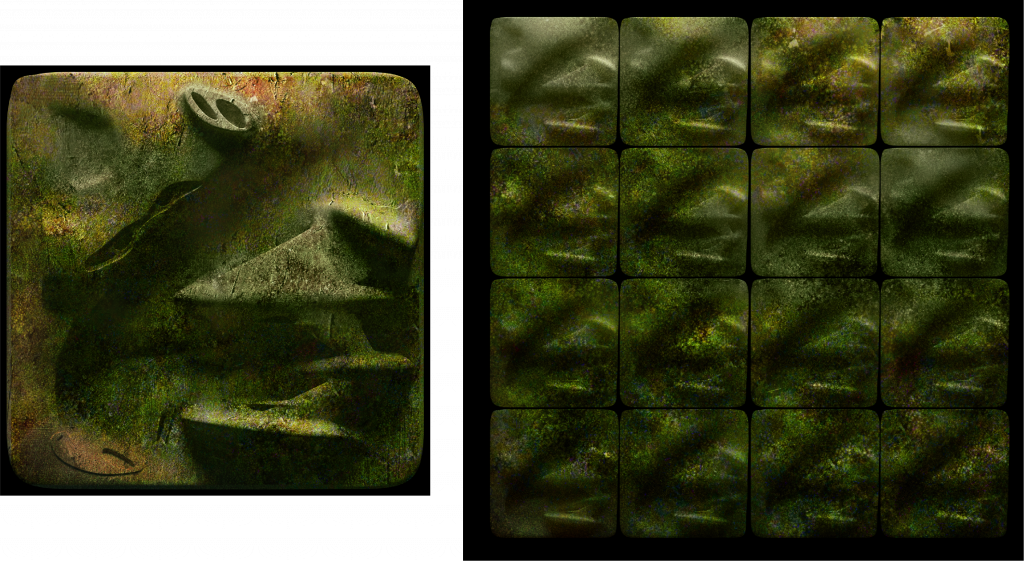
SIMULATION 2
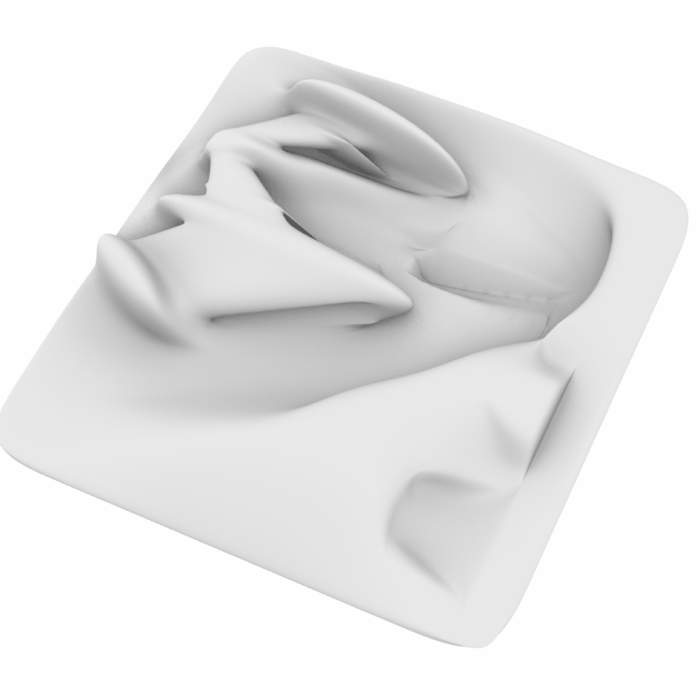
TEXTURE 3
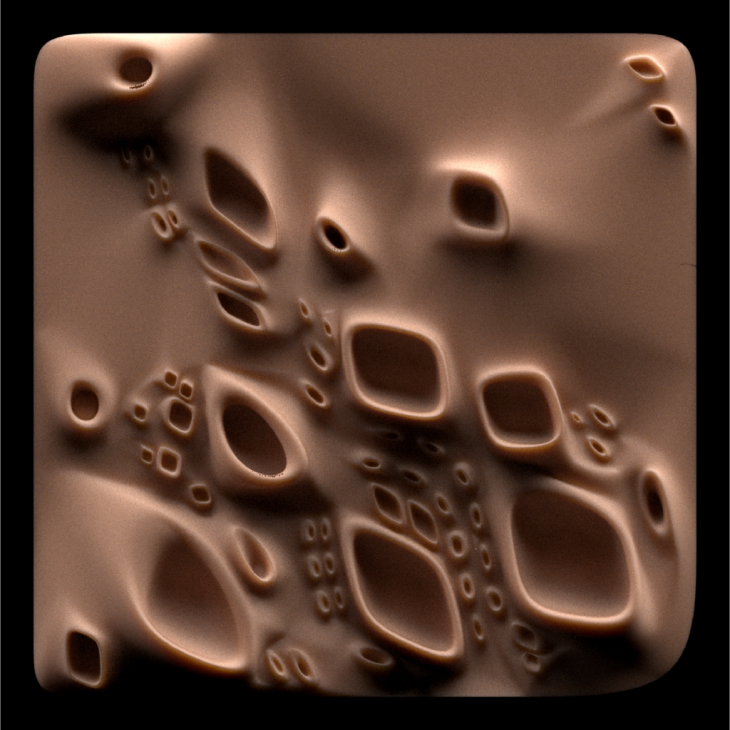
CATALOGUE 2
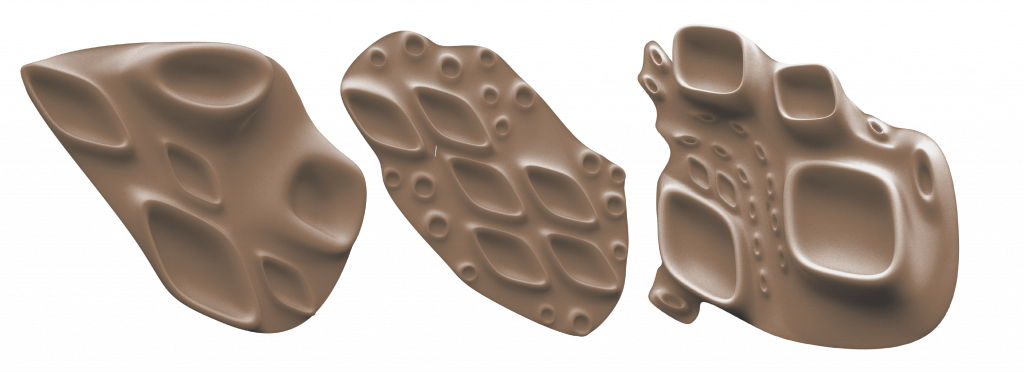

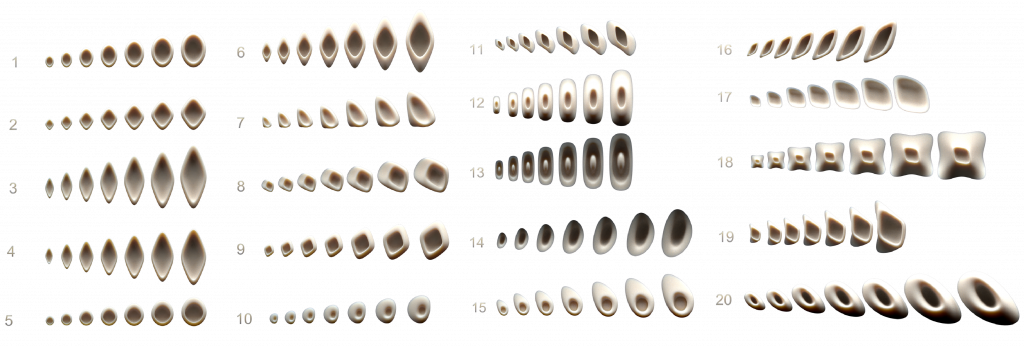
TILE MIRRORING
RENDER
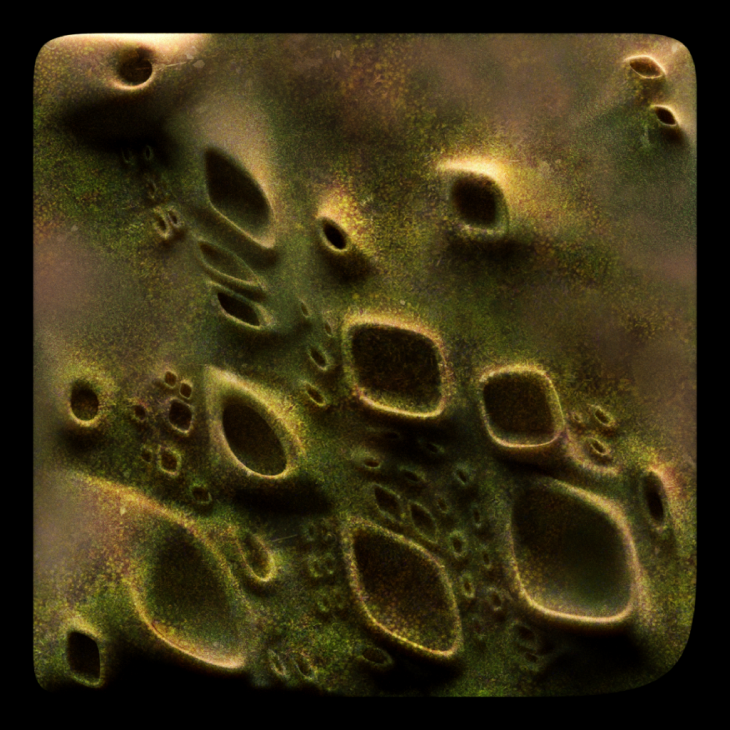

SIMULATION 3
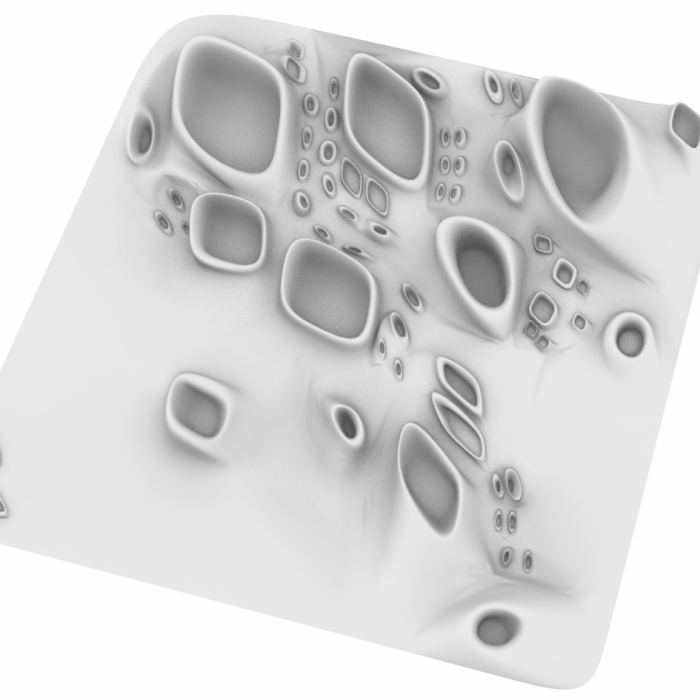
CLAY 3D PRINTED PROTOTYPES
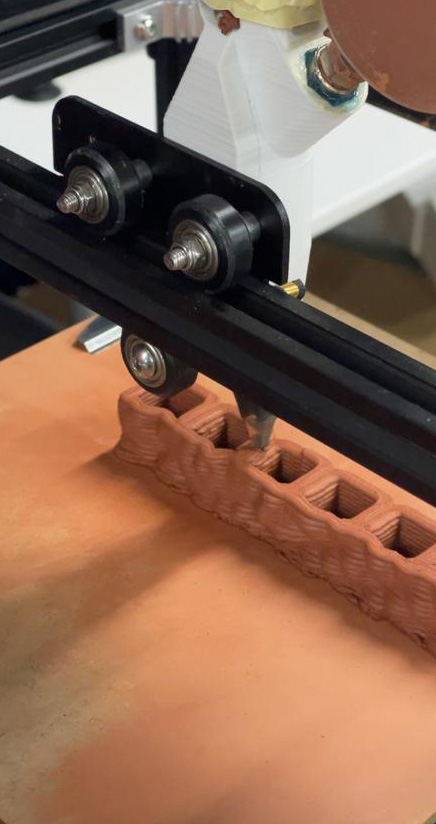
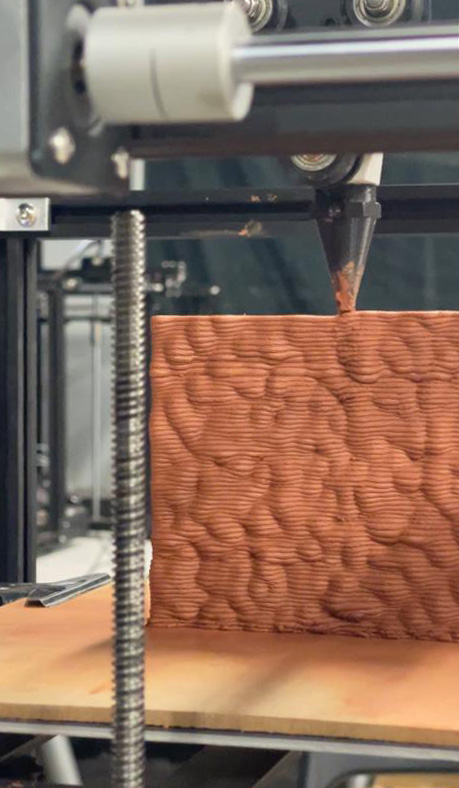
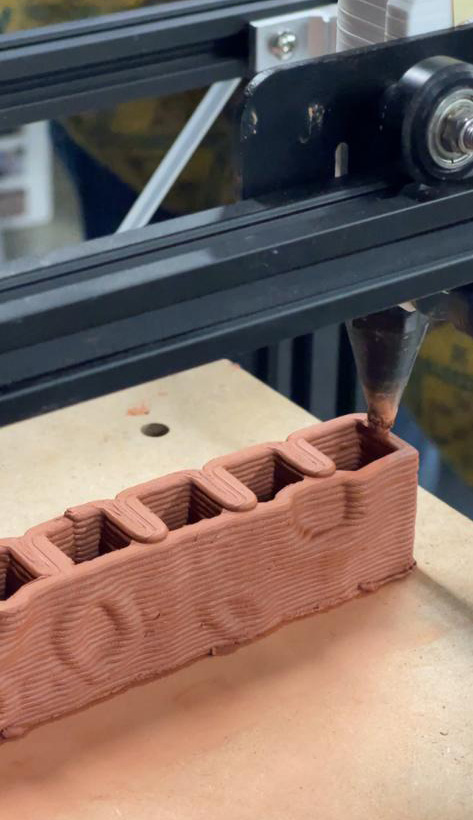
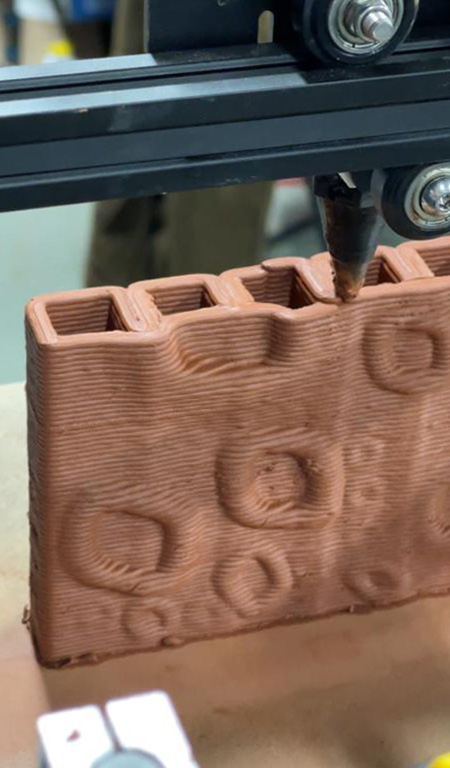
PLASTER PROTOTYPES
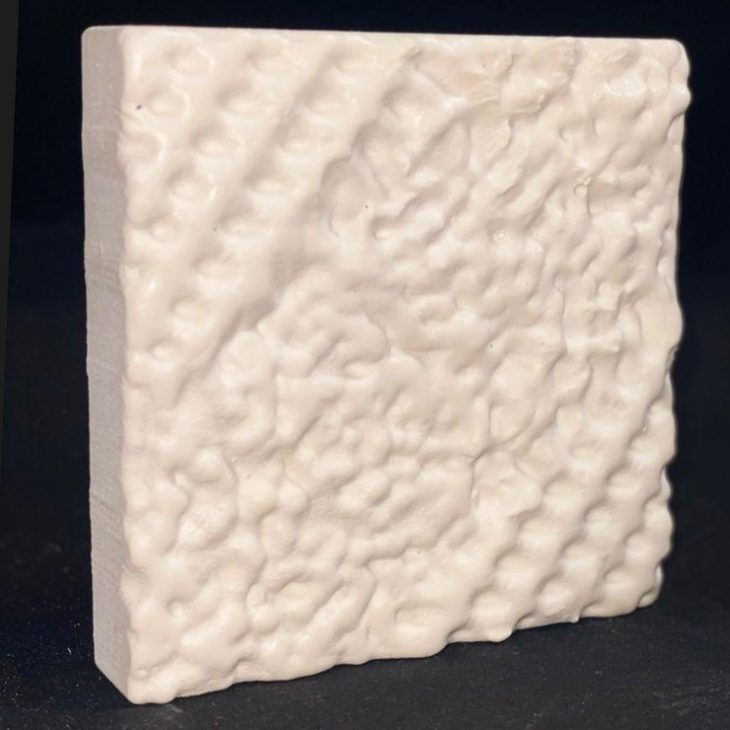
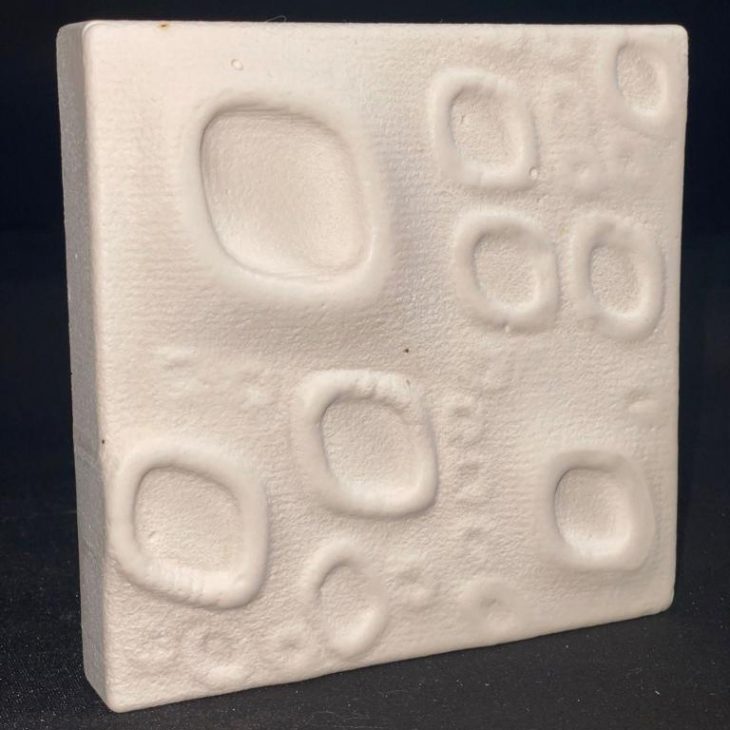
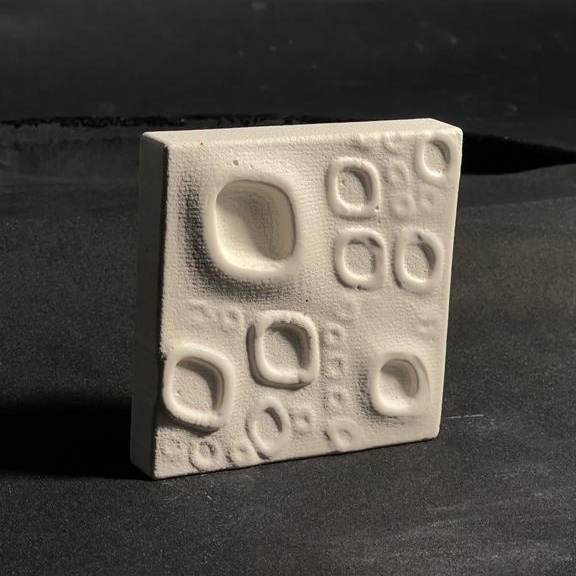
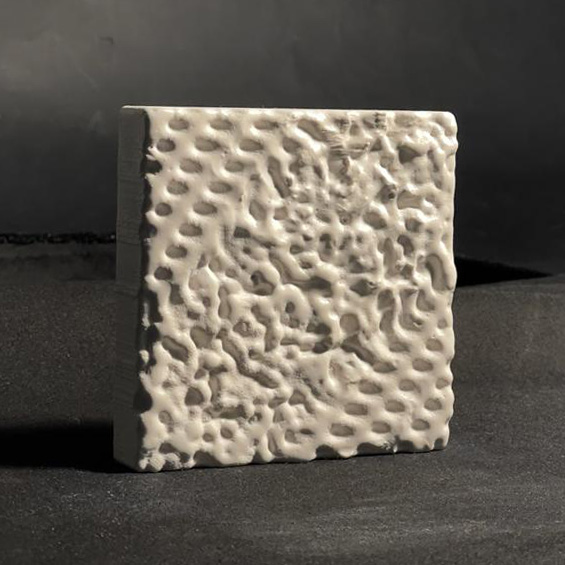
‘Moss textures’ is a project of IAAC, Institute for Advanced Architecture of Catalonia developed at Master in Advanced Architecture in 2022 by Students: Morgan O’Reilly, Aaron Pereira, Ariadna Giménez and faculty: Chiara Farinea, faculty assistant: Lana Awad, Andrea Conserva, Fiona Demeur, Ilaena Napier.
